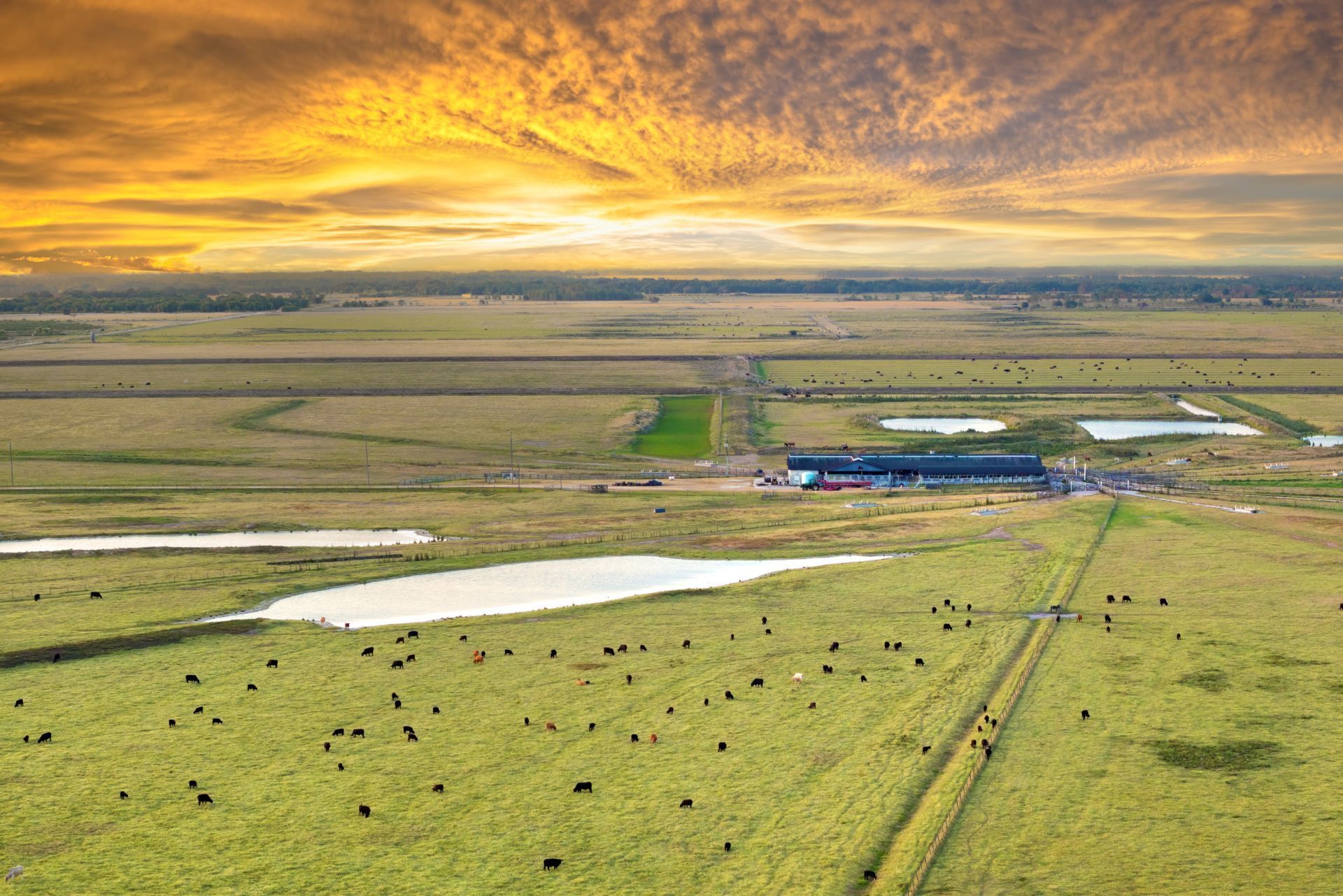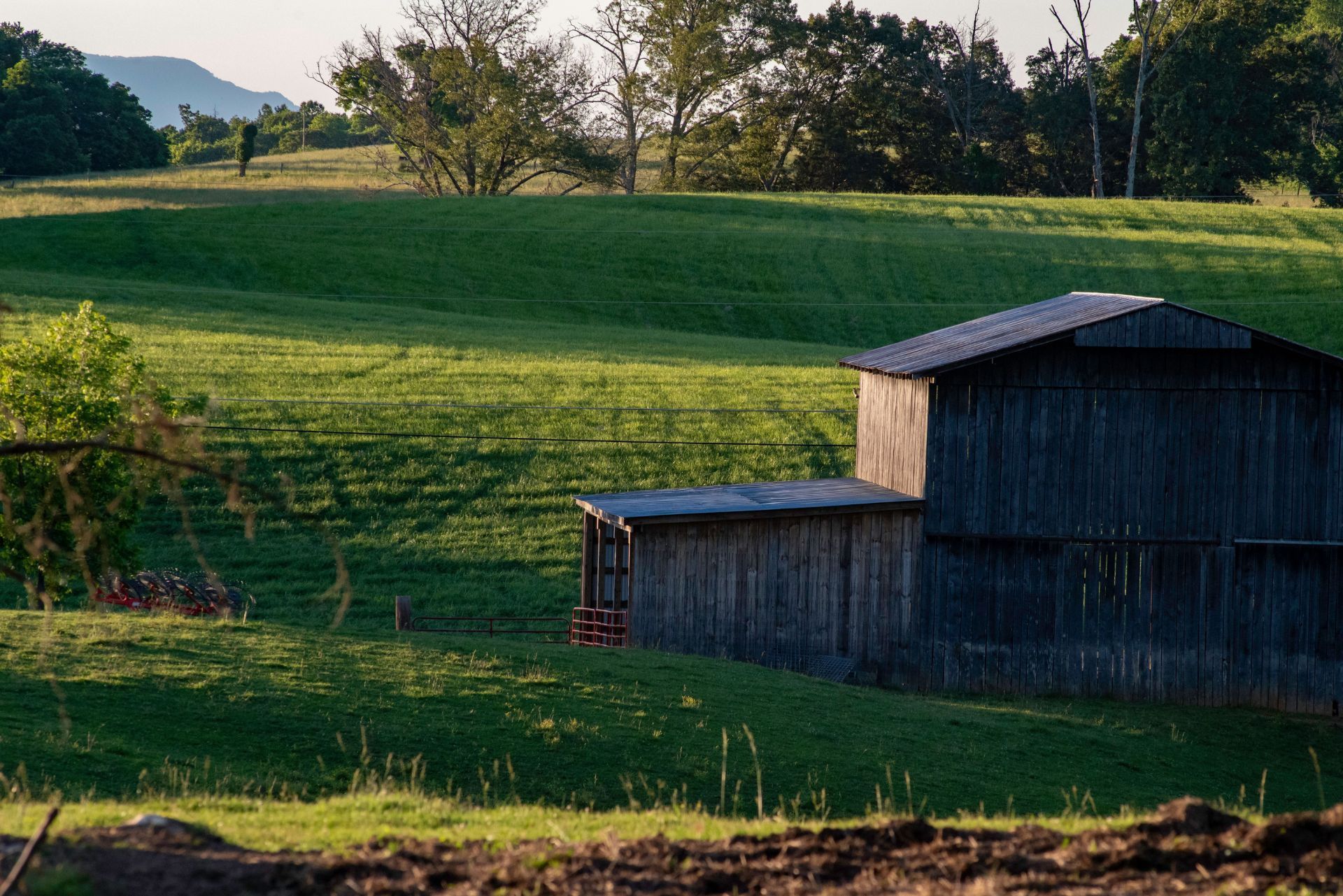
Top 3 Recommended Policies

Farm and ranch insurance is a specialized type of coverage designed to protect agricultural operations from various risks. In Colorado, where agriculture plays a vital role in the economy, understanding the nuances of farm and ranch insurance is crucial for farmers and ranchers alike. This article will explore the various aspects of farm and ranch insurance in Colorado, including its importance, types of coverage, and factors to consider when selecting a policy.
Understanding Farm and Ranch Insurance
Farm and ranch insurance is not a one-size-fits-all solution. It encompasses a range of policies tailored to meet the unique needs of agricultural businesses. Given the diverse nature of farming and ranching in Colorado, it's essential for operators to understand what this insurance covers and why it matters.
What Does Farm and Ranch Insurance Cover?
Farm and ranch insurance typically covers several key areas, including:
- Property Damage: This includes coverage for buildings, equipment, and livestock. Natural disasters, theft, and vandalism can significantly impact operations, making this coverage essential.
- Liability Protection: If someone is injured on the property or if livestock causes damage to a neighbor’s property, liability coverage can protect against legal claims.
- Crop Insurance: This is a specific type of coverage that protects against the loss of crops due to adverse weather conditions, pests, or disease.
Each of these components plays a critical role in safeguarding the financial stability of a farm or ranch. Understanding the breadth of coverage available can help operators make informed decisions about their insurance needs. For instance, property damage coverage not only protects against physical losses but also helps farmers recover from unexpected events, allowing them to resume operations as quickly as possible. Additionally, crop insurance can be tailored to specific crops and regions, providing a safety net that is crucial for maintaining productivity and profitability in an unpredictable climate.
The Importance of Farm and Ranch Insurance
Farm and ranch insurance is vital for several reasons:
- Financial Security: Agriculture is inherently risky due to factors like weather, market fluctuations, and unforeseen events. Insurance provides a safety net that can help mitigate these risks.
- Peace of Mind: Knowing that there is coverage in place allows farmers and ranchers to focus on their operations without the constant worry of potential losses.
- Compliance with Regulations: Some lenders may require insurance as part of financing agreements, making it essential for securing loans and investments.
Moreover, farm and ranch insurance can also cover specialized equipment and machinery, which are often significant investments for agricultural operations. This coverage ensures that in the event of mechanical failure or damage, farmers can repair or replace their equipment without incurring crippling financial losses. Additionally, many insurance policies offer risk management resources and support, helping operators identify potential hazards and implement strategies to minimize risks. This proactive approach not only enhances safety on the farm but also contributes to long-term sustainability and success in the agricultural industry.

Types of Coverage Available
In Colorado, farm and ranch insurance can be tailored to meet the specific needs of the operation. Here are some of the most common types of coverage available:
1. Farm Property Insurance
This type of insurance covers the physical assets of the farm, including:
- Buildings such as barns, silos, and storage facilities
- Farm machinery and equipment
- Livestock and poultry
Farm property insurance can be further customized to include additional endorsements, such as coverage for specific machinery or equipment. This flexibility allows farmers to choose what is most relevant to their operations. Additionally, many policies offer protection against theft or vandalism, which can be particularly important for farms that store valuable equipment or high-value livestock. By ensuring that all physical assets are adequately covered, farmers can focus on their agricultural activities without the constant worry of potential financial loss due to unforeseen events.
2. Liability Insurance
Liability insurance is crucial for protecting against claims arising from injuries or damages. It typically includes:
- General Liability: Covers bodily injury and property damage claims made by third parties.
- Product Liability: Protects against claims related to products sold or distributed by the farm, such as food products.
- Pollution Liability: Covers damages related to pollution or environmental hazards that may arise from farming activities.
Having adequate liability coverage can prevent significant financial losses and legal headaches for farm and ranch operators. Furthermore, many insurance providers offer specialized liability options tailored to unique farming practices, such as agritourism or direct-to-consumer sales. This ensures that farmers are not only protected against traditional risks but also against emerging liabilities that can arise from innovative business models in the agricultural sector.
3. Crop Insurance
Crop insurance is essential for farmers who rely on their crops for income. It helps protect against loss of revenue due to:
- Natural disasters such as droughts, floods, or hail
- Pests and diseases that can damage crops
- Market fluctuations that may affect crop prices
In Colorado, farmers can choose between different types of crop insurance, including revenue protection and yield protection, based on their specific needs and risk tolerance. Additionally, many crop insurance policies allow for the inclusion of supplemental coverage options, such as coverage for replanting costs or loss of income due to delayed harvests. This level of customization helps ensure that farmers can secure their livelihoods even in the face of unpredictable agricultural challenges, allowing them to plan for the future with greater confidence.
Factors to Consider When Choosing a Policy
Selecting the right farm and ranch insurance policy involves careful consideration of various factors. Here are some key points to keep in mind:
1. Assessing Risk
Understanding the unique risks associated with the specific farming or ranching operation is vital. Factors such as:
- Type of crops or livestock
- Geographic location and climate
- Size of the operation
These elements can influence the types of coverage needed and the overall cost of insurance. For instance, a farm located in an area prone to drought may require additional coverage for crop loss due to water shortages, while a ranch with a diverse array of livestock might need specialized policies to protect against disease outbreaks. Additionally, seasonal variations can also impact risk assessments, making it important to regularly review and adjust insurance needs as conditions change.
2. Evaluating Coverage Options
Not all policies are created equal. It's essential to review the coverage options available and ensure they align with the specific needs of the operation. Key considerations include:
- Policy limits and deductibles
- Exclusions and endorsements
- Flexibility to adjust coverage as the operation grows or changes
Comparing different policies can help identify the best fit for the operation. Moreover, understanding the nuances of each option can prevent unexpected gaps in coverage. For example, some policies may offer comprehensive protection against natural disasters, while others might focus primarily on liability. Therefore, it’s crucial to delve into the fine print and ask questions to ensure that every aspect of the operation is adequately covered, from equipment breakdowns to potential liability claims arising from farm visitors.
3. Working with an Insurance Agent
Engaging with an experienced insurance agent who specializes in farm and ranch insurance can be invaluable. They can provide insights into:
- Industry trends and best practices
- Available discounts or bundling options
- Assistance with claims and policy management
An agent can help navigate the complexities of farm and ranch insurance, ensuring that operators have the right coverage in place. Additionally, they can offer guidance on risk management strategies that may reduce premiums over time. For example, implementing safety protocols or investing in modern equipment can not only enhance operational efficiency but also demonstrate to insurers a commitment to minimizing risk, potentially leading to lower insurance costs. Furthermore, a knowledgeable agent can keep clients informed about changes in legislation or market conditions that could affect their insurance needs, ensuring that they remain adequately protected in an ever-evolving agricultural landscape.
Common Myths About Farm and Ranch Insurance
Despite its importance, several myths surrounding farm and ranch insurance can lead to misunderstandings. Here are some of the most common misconceptions:
Myth 1: All Insurance Policies Are the Same
One of the biggest misconceptions is that all insurance policies provide the same level of coverage. In reality, farm and ranch insurance is highly specialized and varies significantly from one policy to another. It's crucial to read the fine print and understand what is and isn’t covered. For example, some policies may cover specific types of livestock or crops, while others might include liability protection for accidents that occur on the property. Understanding these nuances can help farmers and ranchers choose the right policy tailored to their unique needs, ensuring they are adequately protected against potential risks.
Myth 2: Insurance Is Too Expensive
While insurance costs can vary, many operators find that the financial protection offered by farm and ranch insurance outweighs the costs. Additionally, various discounts and bundling options may be available to help reduce premiums. For instance, implementing safety measures or investing in risk management strategies can lead to lower insurance rates. Furthermore, many insurance providers offer flexible payment plans that can make it easier for farmers and ranchers to manage their budgets while still securing the necessary coverage. Evaluating the long-term benefits of insurance can often reveal that the investment is not only affordable but essential for safeguarding one's livelihood.
Myth 3: Coverage Is Only Needed for Large Operations
Many small farms and ranches believe they do not need insurance, but this is a dangerous misconception. Even small operations face risks that could lead to significant financial losses. Having insurance is a wise investment, regardless of the size of the operation. For example, a small farm may be vulnerable to natural disasters, theft, or liability claims from visitors. Furthermore, small operations often rely heavily on a few key assets, such as equipment or livestock, which makes them particularly susceptible to financial strain if something goes wrong. By securing appropriate insurance coverage, small farmers and ranchers can protect their investments and ensure their operations remain viable in the face of unforeseen challenges.
How to File a Claim
In the unfortunate event of a loss, knowing how to file a claim is essential. Here’s a step-by-step guide:
1. Notify Your Insurance Company
As soon as a loss occurs, contact your insurance company to report the incident. Provide them with details about what happened and the extent of the damage or loss. It's important to do this promptly, as many insurance policies have specific time frames within which claims must be reported. The sooner you initiate the process, the better your chances of a smooth resolution.
2. Document the Damage
Take photos and gather any relevant documentation that can support your claim. This may include:
- Photos of the damage
- Receipts for repairs or replacements
- Witness statements, if applicable
Additionally, consider creating a detailed inventory of any lost or damaged items, including their age, value, and any relevant serial numbers. This comprehensive documentation will not only help substantiate your claim but also facilitate a quicker assessment by the insurance adjuster. Remember, the more thorough your records, the stronger your case will be.
3. Follow Up
After filing the claim, follow up with your insurance adjuster to ensure the process is moving forward. Be prepared to provide additional information if requested. It’s also wise to keep a written record of all communications, including dates, times, and the names of the representatives you speak with. This will serve as a helpful reference should any disputes arise during the claims process. Staying proactive and engaged can significantly influence the speed and efficiency of your claim resolution.
Moreover, if you encounter any challenges or delays, don’t hesitate to escalate the matter within the insurance company. Many insurers have dedicated customer service teams that can assist with complicated claims. Understanding your rights and the claims process can empower you to advocate effectively for your interests, ensuring that you receive the compensation you deserve in a timely manner.

The Future of Farm and Ranch Insurance in Colorado
As the agricultural landscape evolves, so too does the need for innovative insurance solutions. Climate change, technological advancements, and regulatory changes are shaping the future of farm and ranch insurance in Colorado.
Embracing Technology
With the rise of precision agriculture and data analytics, farmers are increasingly using technology to manage risks. Insurance companies are adapting by offering policies that integrate technology, such as:
Usage-based insurance models
Real-time data monitoring for risk assessment
These advancements can lead to more tailored coverage options and potentially lower premiums for operators who leverage technology effectively.
Addressing Climate Change
Climate change poses significant challenges for farmers and ranchers, including unpredictable weather patterns and increased pest activity. Insurers are beginning to consider these factors when developing policies, leading to:
- More comprehensive coverage options for climate-related risks
- Incentives for sustainable practices that reduce environmental impact
As the industry adapts, farmers and ranchers will need to stay informed about evolving insurance options that address these emerging risks.
Regulatory Changes
Changes in agricultural regulations can also impact insurance needs. Staying abreast of local, state, and federal regulations is crucial for ensuring compliance and understanding how these changes may affect insurance policies.
Conclusion
Farm and ranch insurance is a critical component of agricultural operations in Colorado. By understanding the various types of coverage available, assessing individual risks, and working with knowledgeable insurance agents, farmers and ranchers can protect their livelihoods against unforeseen events. As the agricultural landscape continues to evolve, staying informed about insurance options and emerging trends will be key to ensuring long-term success and sustainability.
In a world where risks are ever-present, investing in the right farm and ranch insurance is not just a necessity; it’s a commitment to the future of agriculture in Colorado.
Contact Us

